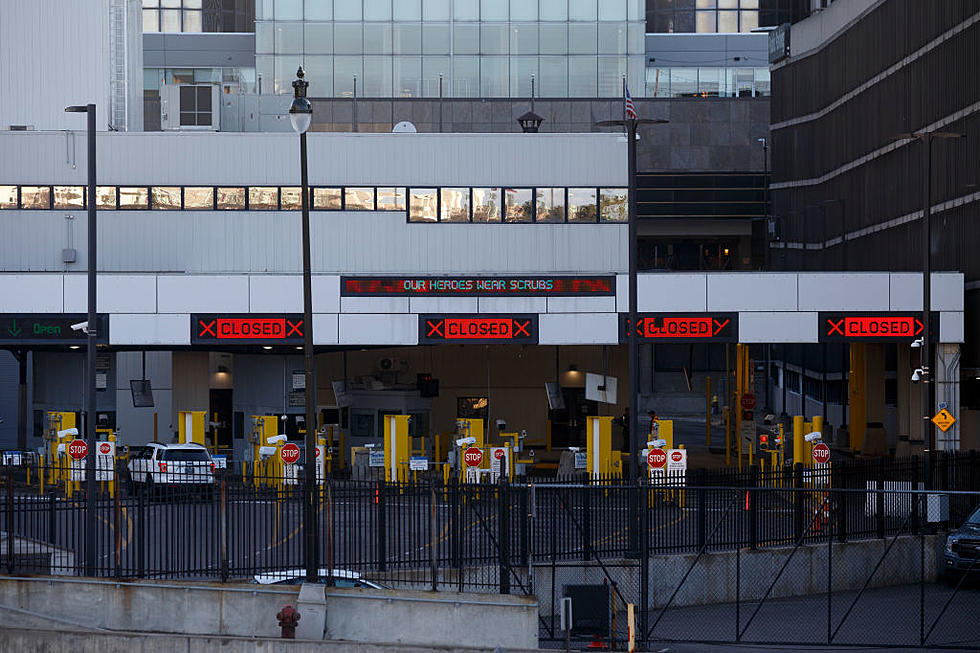
Canadian Border Will Remain Closed To Non Essential Travel
Early on in the COVID-19 pandemic, the United States/Canadian border was closed to non-essential travel. In the months since, coronavirus cases in the United States have surged to over 1.54 million cases and counting. In that same time, Canada has seen a total of 78,500 cases. As cases continue to rise, both the United States and Canada have agreed to extend the border closure to June 21st. That's roughly another 30 days, and it is likely they will reassess when they can safely open the border.
Here in Minnesota, our case number as of May 19th, 2020 is at 15,658. The Minnesota Canadian border is 547 miles long. There are border crossings for the Manitoba & Ontario provinces. The amount of cases confirmed in Manitoba, Canada is only 209. In Ontario, which stretches further east close to urban hot zones, there are 22,384 cases.
So in essence, we have far more cases in Minnesota than Manitoba, but Ontario has far more cases than Minnesota.
The United States has the most confirmed COVID-19 cases in the world, followed by Russia with 300,000 cases. It is unclear how well cases are being reported across the globe, and there is still a lack of testing in many places.
So what exactly does non-essential travel mean? According to the U.S. Embassy, non-essential travel is defined as "tourism or recreation." Essential travel across the boarder continues with anything related to work, infrastructure, study, economic services, supply chains, health, immediate medical care, safety, and security.
Canadian tourism has taken a huge financial hit already. This is the peak season in most years. This year they expect 60% loss in tourism dollars, according to the CBC.
12 Iconic Landmarks In The Twin Ports
More From MIX 108









